Directing Your Movie: From Script to Screen
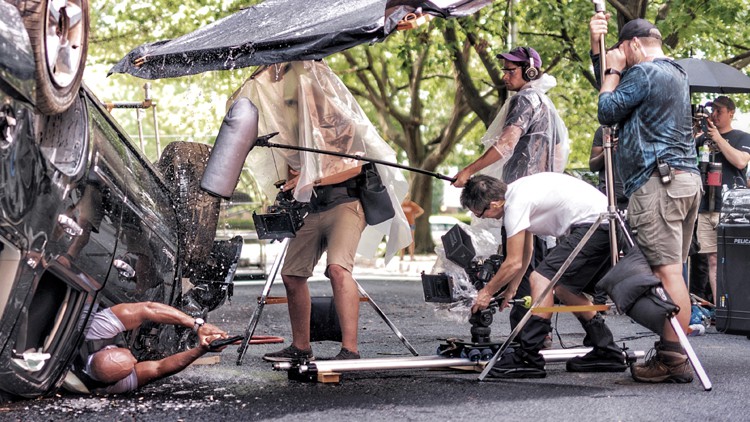
Why take this course?
🎬 Course Headline: Directing Your Movie: From Script to Screen
🚀 Course Description: Dive into the world of filmmaking with our comprehensive course, "Directing Your Movie: From Script to Screen," crafted by Joth Riggs, a seasoned industry veteran with 30 years of experience. This isn't just another directing course—it's a hands-on guide that demystifies the entire movie directing process for beginners and seasoned filmmakers alike.
📚 What You'll Learn: Who am I?: Understanding your role as a director and setting the foundation for your creative journey.
To Film School or Not To Film School?: Explore the pros and cons of formal education versus real-world experience.
What is a Director?: Define the essence of a director's responsibilities and their impact on the filmmaking process.
What a Director Should Know: Gain insights into the breadth of knowledge required to lead a film production successfully.
Finding Your Story: Discover how to unearth compelling narratives that resonate with audiences.
Script Analysis and Development: Master the art of script breakdowns, character development, and rewrites.
Your Visual Style: Develop your unique cinematic language and visual signature.
Building Your Production Team: Learn how to assemble a crew that complements your vision and share your passion for filmmaking.
Meetings & More Meetings: Navigate the logistics of planning, coordination, and communication throughout the production process.
Finding Your Cast: Cast the right actors who can bring authenticity and depth to your characters.
Cast Read-Through: Engage with your cast in a read-through session to set the tone for performances.
Cast Rehearsals: Prepare your actors through effective rehearsal techniques that enhance their delivery.
Location Scouting: Find the perfect settings that bring your story's world to life.
Making Your Shot List: Organize your shots effectively to visualize your film before you shoot.
Covering A Scene: Master shot composition, coverage techniques, and how to capture a scene from multiple perspectives.
The 180 Degree Rule: Understand the principles of camera placement that maintain spatial continuity in scenes.
Types of Shots: Learn the various types of shots that serve different narrative and stylistic purposes.
Storyboards, Previz & Shot Maps: Visualize your film with storyboards, previsualization, and shot maps to plan complex sequences.
Tech Scouts: Conduct technical reconnaissance to address potential issues before they occur on set.
Camera Tests & Wardrobe Fittings: Ensure that wardrobe choices complement the visual style and camera requirements of your film.
Production Meeting: Organize a final pre-production meeting to clarify plans, assignments, and expectations among crew members.
On the Set: Embrace the challenges and excitement of bringing your vision to life on set.
Crew Call / Safety Meeting: Mobilize your crew, establish safety protocols, and maintain a harmonious production environment.
Blocking Rehearsal: Choreograph actor movements to achieve desired camera angles and performances.
Lighting Mode: Understand the technicalities of lighting for different scenes and moods.
Working with Your Actors: Develop strong working relationships, guide performances, and help actors tap into emotional depth.
Shooting: Capture the footage that will become your film, paying attention to performance, framing, and execution.
Pick-Ups: Master the art of pick-ups for capturing additional footage post-shoot.
Tail Slates: Learn how to properly mark scenes for seamless editing.
To Cut or Not To Cut?: Make informed decisions about when and where to cut during the editing process.
Take vs. Shot vs. Scene: Understand the nuances of these terms and their implications in the filmmaking process.
Picture Lock: Reach the point where your film's edit is complete and ready for post-production work.
Music / Score: Collaborate with composers to create a musical score that complements your film's tone and style.
Sound Design / SFX / Foley: Enhance your film's storytelling through immersive soundscapes.
ADR (Automated Dialogue Replacement): Perfect the audio quality of your dialogue for a crystal-clear listening experience.
Final Sound Mix: Ensure that your film's final mix in a mixing theater delivers the intended atmosphere and impact.
Visual Effects: Integrate visual effects to extend reality, enhance storytelling, or achieve the unachievable.
Color Grade: Work with a colorist to bring harmony and aesthetic appeal to your footage through color correction and grading.
Final Film / Premiere: Prepare for the world to see your film, from the final cut to the big-screen premiere.
By completing this course, you'll be equipped with the knowledge and skills necessary to confidently direct your own films. Whether you're a budding filmmaker or an experienced director looking to refine your craft, "Directing Your Movie: From Script to Screen" is your comprehensive guide from conception to completion.
🎥 Now, go make your movie! Let this course be the catalyst for your creative journey into the world of filmmaking.
Course Gallery
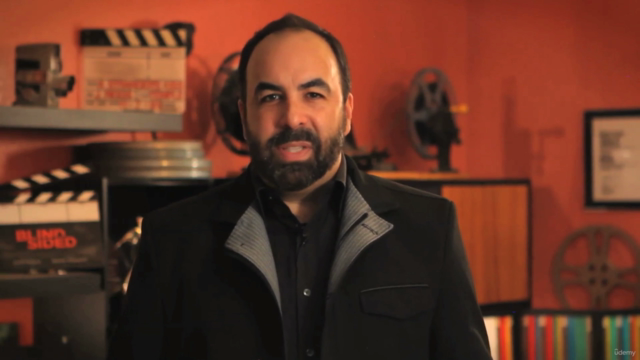
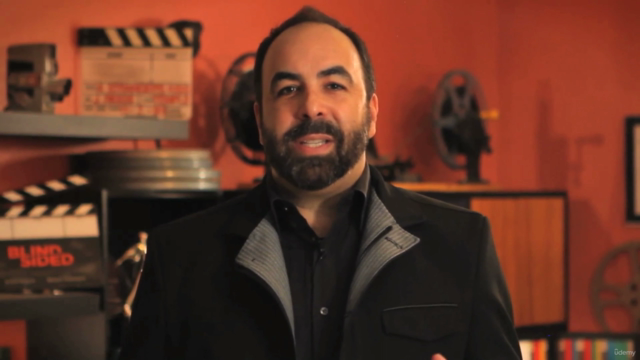
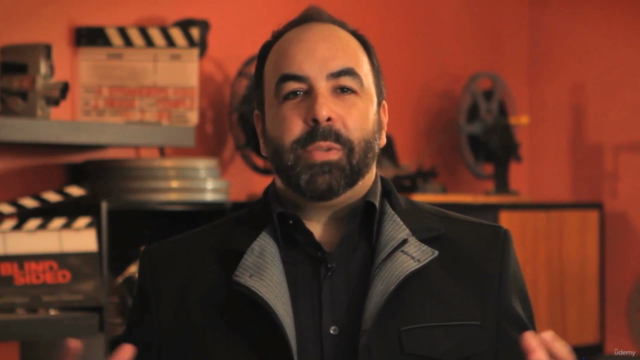
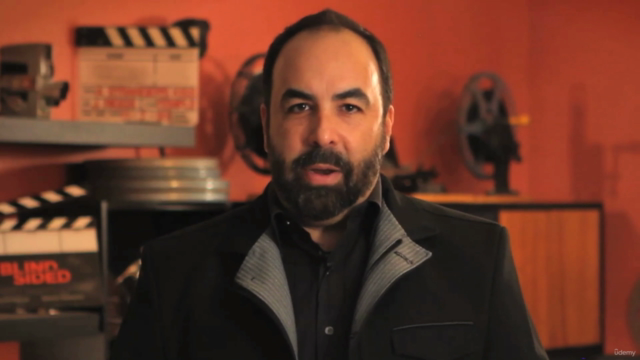
Loading charts...